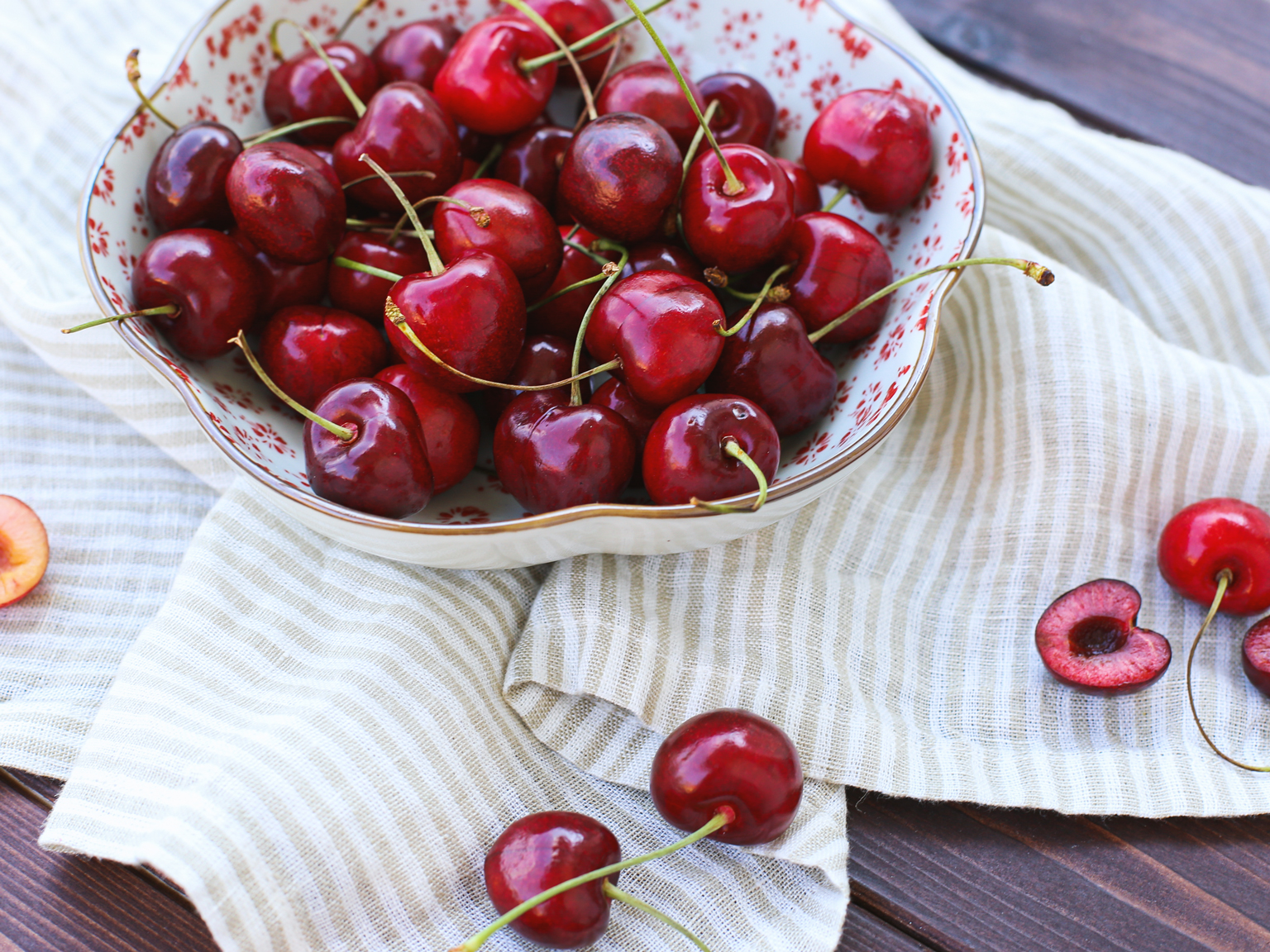Cherries are like people. They are sweet and sour. We tend to love sugary, plump, and juicy ones, but sourish varieties are also a part of our culinary heritage and they could bring joy when in the right hands. It’s to say that cherry is not a single berry, but rather a fruit of many plants of one genus. Mankind has been munching on cherries for several thousand years already.
What’s really interesting about these plants is that usually, one could imagine that a sweeter, more palatable variety should arrive later in history, after the years of cultural cultivation and breeding. It’s a logical conclusion. In our case, it would mean that sweet cherries had to be selectively bred by early men who didn’t like the tartness and acidity of the berries. But that’s not the case.
Exclusively sour
Sour cherry is thought to have originated as a natural hybrid between the sweet cherry and a cherry-bearing shrub. But they are not just tart. They have a unique sour-sweet flavour that can vary greatly from crop to crop. They can be eaten fresh or they can be dried and used later in sweet snacks, different baked goods.
In Southeast Europe and Western Asia, sour cherries are prized for making so-called spoon sweets. Those are sweet preserves served on a spoon or in a small piala, a glass dish with a spoon. They usually go with tea or coffee and are primarily offered at the end of a meal. If we talk about cherries, the hardest part of preparation is removing the stems and the pits. That could take quite a lot of your time, even with a cherry pitter. But the result is totally worth it. Take 1 kg / 2 lbs of cherries, wash them, remove the stones, put them in a wide pot, covering each layer with sugar (you’ll need around 1.5 kg / 7 cups of granulated sugar for this recipe).
Then set aside for a couple of hours (this process is called maceration, in case you need a professional term for doing nothing and simply waiting). Then add 1 cup of water to the pot, bring everything to a boil, and then reduce to simmer, skimming impurities all along, until the syrup thickens. Then add 1 tsp of lemon juice and remove from the heat. Wait until it cools, place in jars and serve when your heart calls.
What’s even greater about this recipe, is that its syrup can be used to make an easy refreshing non-alcoholic cherry drink (you might want to call it cordial or by its Greek name vyssinatha for extra credit). Spoon 2-3 Tbsp of syrup into a glass, add cold plain or carbonated water, a splash of lemon juice, mix and serve. Yeah, it’s the good ol’ cherryade but with a fancy name. Why not!











What do you think?